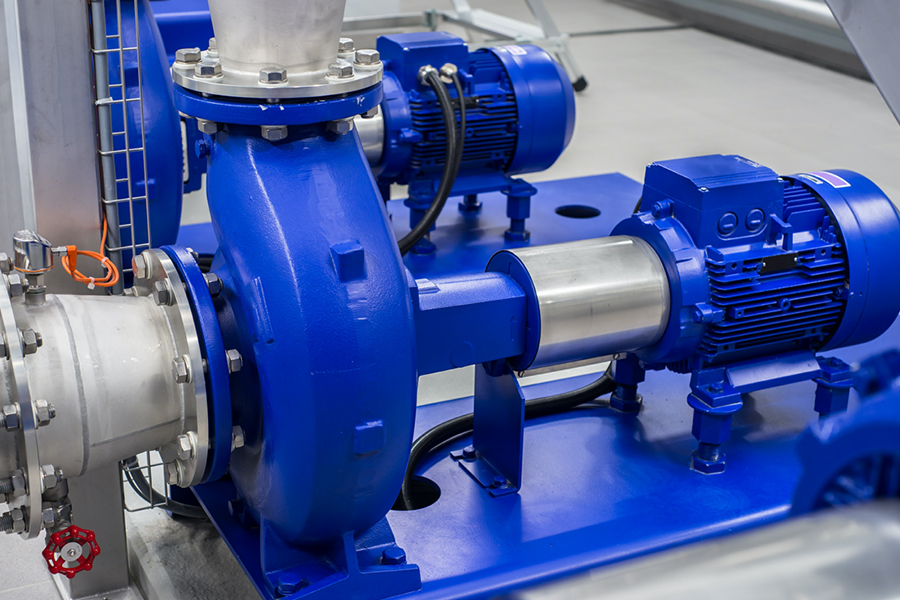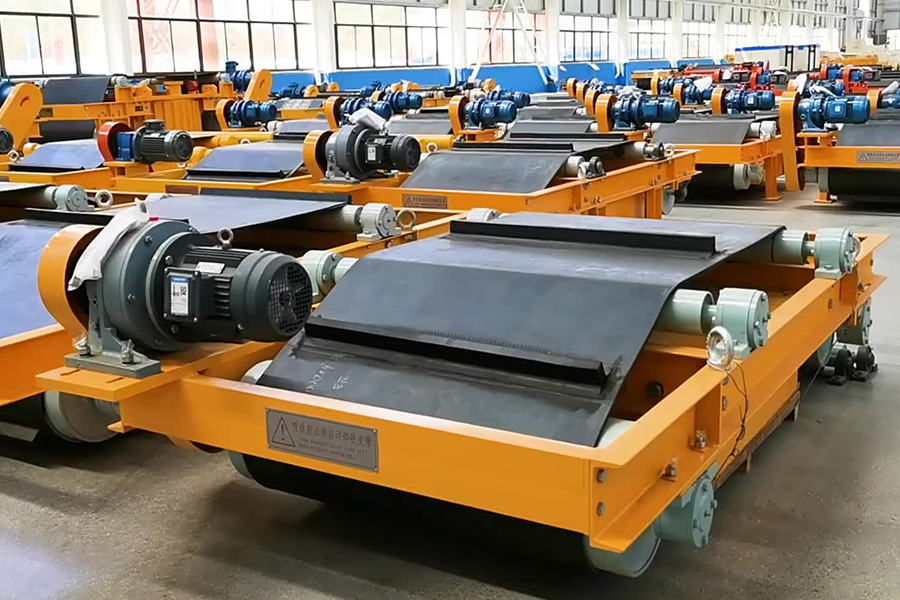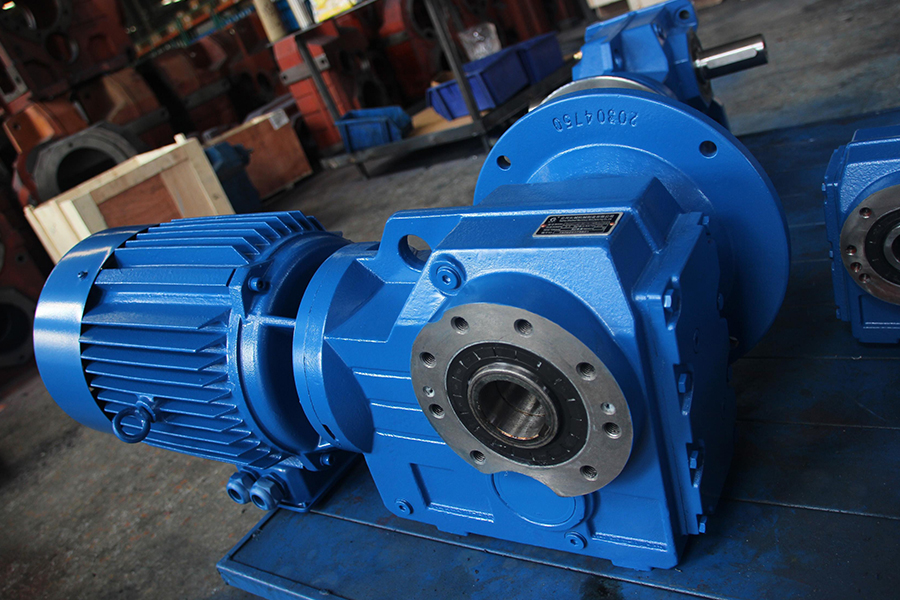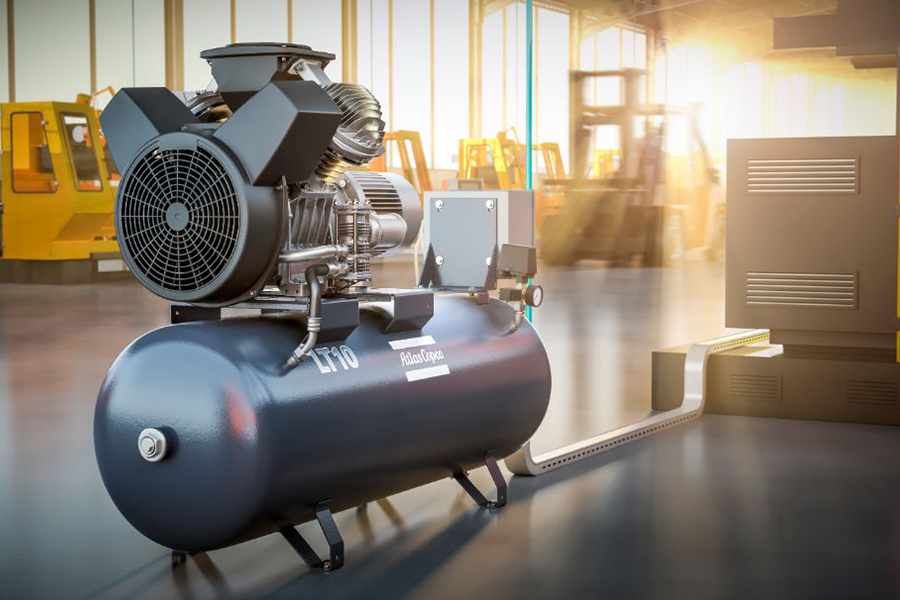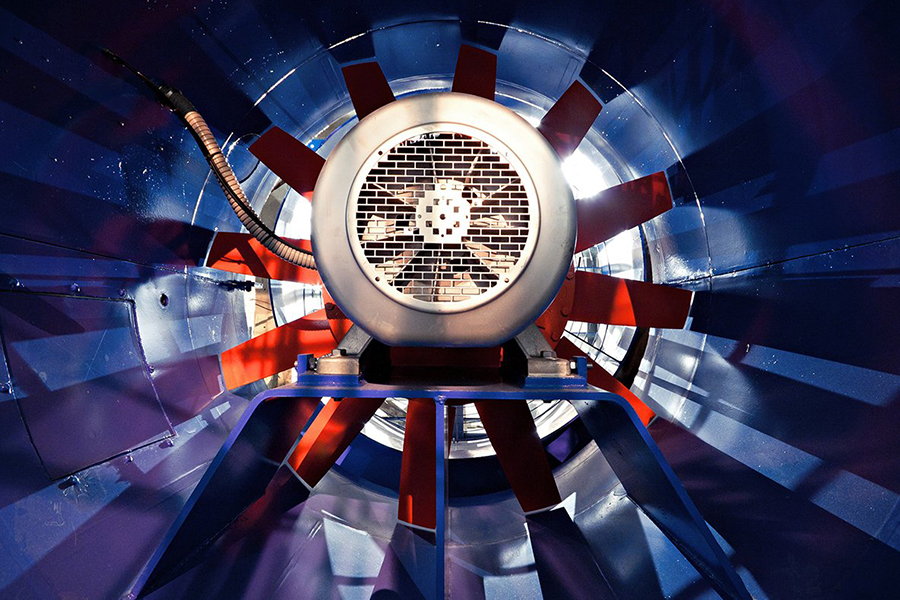Variable speed drive motors, also known as frequency drive motors, play an essential role in enhancing efficiency and reliability across various sectors. From manufacturing to transportation, these motors allow precise speed control, adapting to different applications and reducing energy costs. This article explores the diverse applications of variable speed drive motors in industrial, building, and transportation sectors, highlighting how they contribute to improved productivity, energy savings, and performance.
Industrial Applications: Enhancing Efficiency and Product Quality
In the industrial sector, variable speed drive motors have become a cornerstone in industries like machinery manufacturing, chemical processing, and textiles. Their ability to adjust speed and torque in response to operational needs is valuable for enhancing efficiency and maintaining product quality.
Machinery Manufacturing: In mechanical manufacturing, speed and torque adjustments are crucial. Frequency drive motors allow machinery to operate at speeds, which reduces wear on components, minimizes downtime, and extends equipment lifespan. This adaptability leads to improved production efficiency and higher-quality outputs, which are especially beneficial for precision-oriented manufacturing processes.
Chemical Processing: The chemical industry requires precise control over various processes, such as mixing, pumping, and material transport. With variable speed drive motors, chemical plants can regulate motor speed based on demand, helping prevent over-mixing or inadequate flow rates. By controlling motor speed precisely, energy is saved, and the process quality is maintained, reducing wastage and ensuring consistency.
Textile Industry: Textile manufacturing often involves delicate fibers and materials that require controlled handling. Frequency drive motors enable textile machines to adjust speeds based on the material being processed, which minimizes breakage and improves production flow. This adaptability contributes to the quality of the final textile product and reduces material losses.
Building Sector: Reducing Energy Consumption in Essential Systems
In the building sector, variable speed drive motors are widely used in essential systems like elevators, HVAC (Heating, Ventilation, and Air Conditioning), refrigeration, and water pumps. These applications are fundamental for building comfort and operation, and using frequency drive motors can significantly reduce energy costs.
Elevators: Elevators consume substantial energy, especially in high-rise buildings with frequent usage. By incorporating variable speed drive motors, elevators can adjust speed based on load, which prevents sudden jolts and reduces electricity use. This adaptability leads to smoother operations, extending the lifespan of the elevator system and reducing maintenance costs.
HVAC and Refrigeration: HVAC systems, including air conditioning and heating, are responsible for a significant portion of energy consumption in buildings. Frequency drive motors allow HVAC systems to operate at variable speeds based on room temperature requirements, optimizing performance while minimizing energy consumption. In refrigeration systems, variable speed motors ensure that cooling levels adjust based on temperature needs, helping to avoid unnecessary energy usage and reduce operational costs.
Water Pumps: In building water systems, pumps need to adjust flow rates according to demand. Variable speed drive motors in water pumps regulate water flow, reducing excess pumping during low demand periods. This leads to considerable energy savings and improves the efficiency of the water distribution system.
Transportation: Improving Energy Efficiency and Reliability in Electric Vehicles
In transportation, variable speed drive motors are critical for enhancing energy efficiency and reliability in electric vehicles (EVs) and electric trains. With the global push towards sustainable transportation, these motors are essential for optimizing energy use and improving performance.
Electric Vehicles (EVs): In electric vehicles, frequency drive motors control the power delivered to the wheels, allowing for smooth acceleration and regenerative braking. This control not only improves driving comfort but also maximizes battery life, enabling longer distances per charge. By optimizing energy usage, variable speed motors help reduce the environmental impact of EVs, making them a key component in green transportation initiatives.
Electric Trains: In electric trains, speed and load can vary significantly during operation. Variable speed drive motors enable precise control over train speed and acceleration, adapting to varying track conditions and passenger loads. This precise control improves energy efficiency and helps reduce maintenance needs, as the motor can adjust to prevent excessive wear on components. As a result, electric trains become more reliable and energy-efficient, providing a more sustainable solution for mass transit.
Key Factors to Consider When Choosing Variable Speed Drive Motors
When selecting a variable speed drive motor or frequency drive motor for specific applications, several factors should be considered:
Load Requirements: Understanding the motor's load requirements helps determine the right motor specifications, ensuring it can handle the intended operational demands effectively.
Energy Efficiency Goals: Motors with high efficiency ratings can significantly reduce energy costs, especially in systems like HVAC or electric vehicles where continuous operation is common.
Environmental Conditions: Some motors are designed to withstand harsh environments, such as chemical plants or outdoor applications. Choosing a motor with the appropriate protective features extends its lifespan and ensures consistent performance.
Control Precision: In applications requiring precise speed control, like chemical mixing or vehicle acceleration, motors with advanced control capabilities provide better results and improved efficiency.

 English
English 中文简体
中文简体 عربى
عربى



